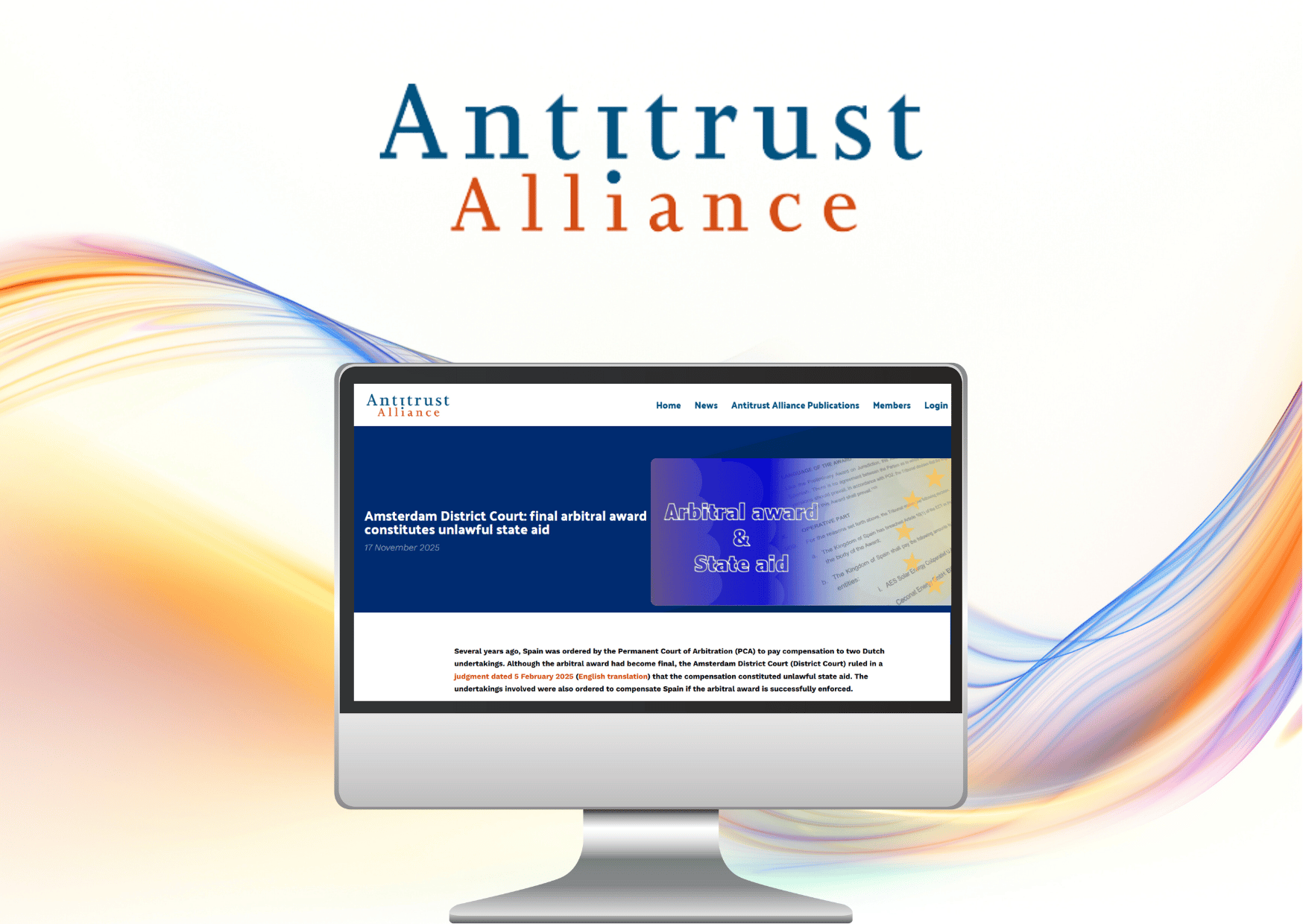
After the lifting of the suspension of Title III of the Helms-Burton Act, there is still some caution and uncertainty when it comes to assessing U.S. embargo claims against Cuba. There is still a long way to go to establish parameters that are consolidated and accepted by the judges, as well as to determine who may have standing in these cases.
Last Tuesday, October 8th, 2019, the motion of the company “Cruceros Carnival Corporation” was dismissed before the United States District Court for the Southern District of Florida. The company considers that the concession of Havana Docks, the plaintiff company, expired in 2004 and, on the other hand, the defendant company did not start operating until 2016. The reason for the dismissal, according to federal judge Beth Bloom, was the lack of basis in the appeal.
The company was the first defendant under the activation of the aforementioned Title III of the Helms-Burton Act for “operating in a port in Santiago whose property was confiscated”.
Along with this case, and since Title III of the Cuban Freedom and Democratic Solidarity Act of 1996 (known as the Freedom Act) (hereinafter, “Title III”) went into effect in May of this year, twenty lawsuits have been filed in the U.S. District Courts using Title III against more than forty defendants, some of whom are involved in more than one complaint. Many of the lawsuits include uncertified lawsuits, five (5) of which have been filed as class actions, and only eight (8) of the lawsuits file certified lawsuits. On the other hand, although there are approximately 6,000 certified claims, it is estimated that the number of uncertified claims can reach up to 200,000 each of which can become the basis of a Title III lawsuit.
Based on current lawsuits to date, there are fifty-one (51) plaintiffs, including the plaintiffs named in the class actions. The exact number of plaintiffs is impossible to determine because the five (5) class action lawsuits filed represent numerous anonymous plaintiffs whose number could far exceed that of the few plaintiffs appointed to represent other persons who are in a similar situation within the class action.
Current and potential plaintiffs include individuals, small businesses and large international entities. With interest, the approximate present value of all certified claims is eight thousand five hundred (8,500) million dollars. Of the nearly six thousand (6,000) certified claims, the amounts are very disparate: from just one dollar to multi-million dollar claims of approximately two hundred and sixty-seven (267) million dollars. Despite this wide range, Title III requires that a good must have a value of fifty thousand (50,000) dollars when expropriated by the Republic of Cuba, which limits recoverable certified claims to only nine hundred and thirteen (913) dollars.
In the twenty (20) claims, the plaintiffs seek damages ranging from two hundred and eighty (280) to seven hundred and ninety-two (792) million dollars.
Of the seventeen (17) current lawsuits, five (5) cruise lines, eight (8) travel-related Internet sites, two (2) hotel companies, one (1) bank, two (2) airlines and five (5) companies operated by the Government of the Republic of Cuba have been sued. All of the lawsuits are in very preliminary stages, so it is difficult to determine how long it will take to reach a resolution and how they are expected to develop. In general, all the plaintiffs have presented arguments alleging that the specified defendants are engaged in the illegal “trafficking” of goods previously owned by those plaintiffs and confiscated by the Cuban government.
Current lawsuits have interpreted “trafficking” in general terms to include not only the direct use and benefit of confiscated goods, but also indirect use through the provision of services related to confiscated goods that lead to financial benefits. Generally, the scope of U.S. courts extends only to non-U.S. entities to the extent that there is personal jurisdiction over the defendant. To have personal jurisdiction over a defendant, the defendant must have some business ties with the U.S.
Thus the plaintiffs allege that they either conduct regular business transactions within the U.S. or cause damages by making applications to promote “trafficking” activity within the U.S.
Potential future defendants could include entities that lease property or are involved in the hotel, construction and other travel and tourism industries in Cuba, as well as banking or any other industrial activity that facilitates commercial activities within the Republic of Cuba. Due to the broad language of Title III, affiliates of persons engaged in the “trafficking” of such goods may also be affected by the consequences set forth in said Title III in the U.S., even if they themselves are not engaged in the “trafficking” activity, but are part of a foreign conglomerate with entities engaged in activities in Cuba.
It will be interesting to see, as these lawsuits unfold, that claims are not successful due to lack of personal jurisdiction over defendants despite the broad scope of Title III.
Finally, it should be noted that there are numerous ‘antidote laws’, including European Regulation CE 2271/96, which provides protection against the extraterritorial application effects of the Helms-Burton Act, for the sake of safeguarding the sovereignty of EU Member States and the business activity of their nationals. Countries such as Japan, Canada or Mexico also have “antidote laws” of the same nature.
Authors: Olga Pina and Lupicinio Rodriguez





